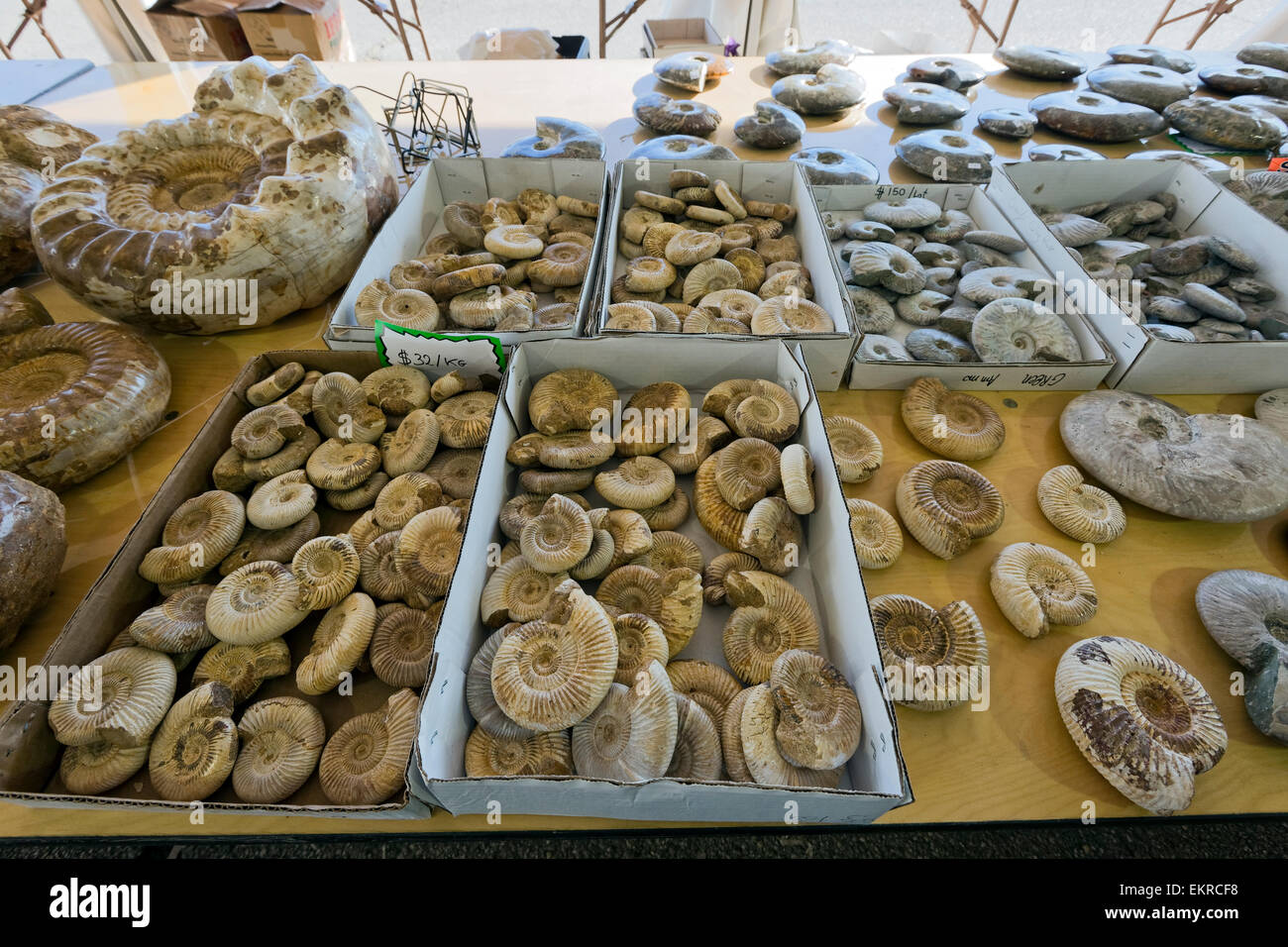
To book your trip call, +27, email or visit the Nibela website.

Looking for accommodation in the Hluhluwe area that will give you access to all these impressive sites? Nibela Lake Lodge is just the place. Lucia is a famous conservation area and a World Heritage Site, where you can enjoy excellent game viewing and birding, as well as these interesting fossil sites. The Zululand group of Ammonoidea fossils is one of the best places in Africa to see these ancient fossils. The only distantly related survivor of the now extinct ammonites is the fragile Paper Nautilus, which occasionally wash up on South Africa’s beaches. It’s fascinating to think that these huge, snail-like animals – up to a metre in size – thrived in the ocean at the same time that the largest dinosaurs roamed the land.Ī wide range of evidence suggests that 65 million years ago, a large meteorite impact in Mexico resulted in a worldwide extinction of most organisms, including ammonites and dinosaurs. The ammonite fossils at Nibela Lake Lodge became extinct at the end of the Cretaceous Period and the most popular answer to how, is the Impact Theory. Ammonites are a distinctive class of extinct invertebrates within the Phylum Mollusca. The Cretaceous Period is of importance both geographically and biologically as it included the opening of the Indian Ocean and a devastating world-wide event, which culminated in a mass extinction of both ammonite and dinosaurs at the end of the Period. The ammonites found on the shores of Nibela Lake Lodge are a fauna from the Cretaceous Period in history. This marine-life represents the first sediment deposited in the newly opened up Indian Ocean, once Antarctica split away from what is now the KwaZulu Natal Coast. Ammonite is the fossil itself, and ammolite is the shell of. Essentially, ammonite and ammolite are the same material. Found only in a few places, including Madagascar, ammolite is highly desirable for jewelry making and decorative purposes. Outcrops of the ammonite fossils – like the ones found near Nibela – extend from Hluhluwe northwards to the eastern side of the Lebombo Mountains. Ammolite is a gemstone-quality iridescent material that is cut from the fossilized shells of ammonites. They are of interest to natural historians as they are very useful in dating geological sediments because of their rapid evolution, sometimes taking as little as 0,5 million years to fully evolve. These ancient fossils, or ammonites, are extinct, probably squid-like animals which had an external shell that was used for flotation. The waters have receded a few hundred metres back into the lagoon, revealing ancient fossils at Nibela, on the lake bed. The effects of the drought South Africa has experienced, can be seen most dramatically at the lake’s shore. The most popular of these is The Fossil Trail which snakes down to the shores of the lake below the lodge. Pyrite is a form of iron and is often found as small odd.

Nibela Lake Lodge has a network of trails and quad biking routes, which wind through the sandy forest floor and lead to various lookout points. Ammonites are best found amongst the stones, where you find patches of small dark brown Pyrite.


 0 kommentar(er)
0 kommentar(er)
